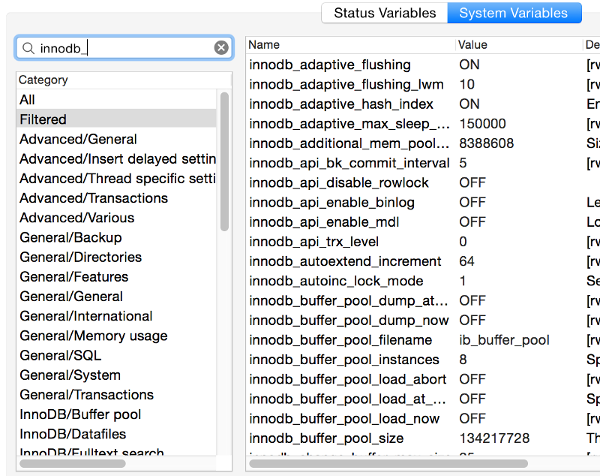

When retrieved, a value is constructed after converting the on-wire value from session time zone to the local one, so it still represents the same instant, but the visual representation is different in different client time zones.Īctually both approaches are valid use cases. But the internal UTC value of a TIMESTAMP could be different from an expected instant value.Ĭonnector/J 8.0.22 and before converts the original value to the session time zone before sending, thus the internal UTC value of a TIMESTAMP matches the expected instant value.

Thus, the visual representation remains the same in any client time zone and on the server. The result will be “ 12:00:00” with Connector/J 5.1 but “ 13:00:00” with Connector/J 8.0.īy default, Connector/J 5.1 sends values as they are rendered locally and, on retrieval, constructs values using the client’s local time zone. If the client is running in the UTC+2 time zone and server is running in UTC+1 the internal value of the TIMESTAMP field will be “ 11:00:00Z” with Connector/J 5.1 but “ 10:00:00Z” with Connector/J 8.0.Īnother client in the UTC+3 time zone is reading this value: ResultSet rs = st.executeQuery("SELECT * FROM t1") PreparedStatement ps = conn.prepareStatement("INSERT INTO t1 VALUES (?)") St.executeUpdate("CREATE TABLE t1 (ts TIMESTAMP)")
#Mysql timetag on creations code#
Problems with migration from Connector/J 5.1 to Connector/J 8.0 were caused by the early decision that Connector/J 8.0 should always try to preserve an instant point on the time-line while Connector/J 5.1 does it optionally and, by default, preserves the original visual representation.įor example, the following code will store different results with Connector/J 5.1 and Connector/J 8.0 in case the client and server time zones are different: Statement st = conn.createStatement() They provide more flexibility for configuring time zone handling and allow migration from Connector/J 5.1 with much less effort. MySQL uses a special thread called event scheduler thread to execute all scheduled events.Connector/J version 8.0.23 came out with several bug fixes related to date-time types support. MySQL Events can be very useful in many cases such as optimizing database tables, cleaning up logs, archiving data, or generating complex reports during off-peak time. MySQL Event Scheduler manages the schedule and execution of Events. MySQL events are similar to a cronjob on Linux or a task scheduler on Windows. MySQL Events are also known as “temporal triggers” because they are triggered by time, not by DML events like normal triggers. They are stored in the database and executed at one or more intervals.įor example, you can create an event that optimizes all tables in the database that runs at 1:00 AM every Sunday. MySQL Events are named object which contains one or more SQL statement. Therefore, sometimes MySQL events are referred to as scheduled events. MySQL Events are tasks that execute according to a specified schedule.
#Mysql timetag on creations how to#
Summary: in this tutorial, you will learn about MySQL event scheduler and how to create events to automate repetitive database tasks.


 0 kommentar(er)
0 kommentar(er)
